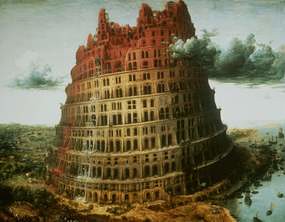The Great wall of China - The Wall’s unique communication system


beacon towers, together with their guards, must be inspected regularly. Stocks must be stored in quantity, and lookouts placed around the clock. In case of emergency, raise smoke in the daytime, or light a fire by night, to pass on the alert. See to it that no damage is done to the towers, so as to ensure prompt communication. Those who convey the information quickly and help defeat the enemy will be rewarded. Violators shall be punished according to military law.[iii]

The main signals used from Ch’in’s time and onward were: beacon fires, coloured torches, signals derricks, flags, smoke – wolf dung and sulphur as the preferred burnable material – and drums.
By the Tang dynasty (618-907 A.D.) messages could be conveyed more then 1000 km in 24 hours, compared with only a few hundred kilometres in the earlier days. With Ming dynasty cannons were also introduced as a means of signalling:

Furthermore, the use of colour smoke or lantern was also added:
Enemy force less than 100: one yellow flag in daytime and one lantern at night.
Enemy force 100-500: one black flag in daytime and two lanterns at night.
Enemy force 500-1,000: a sheepskin hoisted in daytime and three lanterns at night.
Enemy force 5,000-10,000: a long white cloth strip in daytime and four lanterns at night.
Enemy attacking: artillery fire.
Enemy not withdrawing; repeat alarm every two hours[iv].
(To be finished...)



0 Comments:
Post a Comment
<< Home